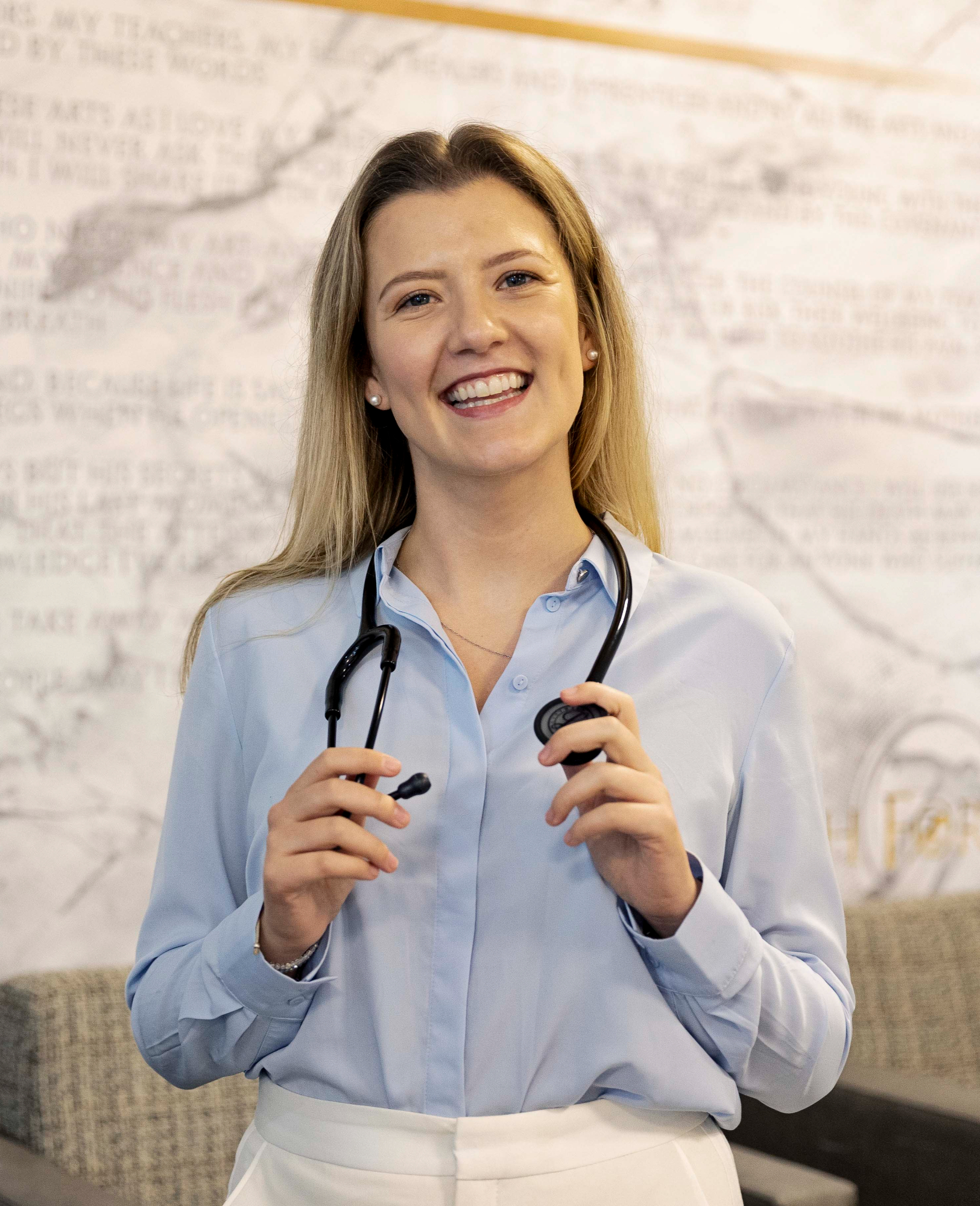Cervical Cancer Awareness South Africa: Prevention, Screening, and Early Detection
- Megan Males

- Oct 3
- 3 min read
Hello and welcome!
It is a pleasure to share this space with you. As General Practitioners committed to serving and educating our community, Dr. Nawaaz Van Der Schyff, Dr. Sharmistha Heerelal, and I aim for this blog to be a trusted source of clear, accurate health information designed to help and serve our population.
Since October is Breast Cancer Awareness Month, this month’s posts focus on women’s health. While we highlight breast health, it is also important to discuss cervical cancer, the second most common cancer among South African women.
Why Cervical Cancer Awareness Matters in South Africa
Cervical cancer is largely preventable and curable when detected early, yet it remains a major public health concern:
According to the National Cancer Registry of South Africa, South African women have a 1 in 41 lifetime risk of developing cervical cancer (≈2.44%).
It is the leading cause of cancer-related deaths among South African women of reproductive age (15–44 years).
What Is Cervical Cancer and What Causes It?
The cervix is the lower, narrow end of the uterus (womb) that connects to the vagina. Nearly all cervical cancers (over 99%) are caused by persistent infection with human papillomavirus (HPV).

HPV is a very common sexually transmitted virus. Most people’s immune systems clear the infection naturally. However, high-risk HPV types, especially strains 16 and 18, can persist and lead to abnormal cervical cell changes, called precancerous lesions. These lesions are graded as CIN I, II, or III (low- and high-grade squamous intraepithelial lesions).
Importantly, it can take 5 to 30 years for these abnormal cells to progress into invasive cancer, making screening highly effective.
How to Prevent Cervical Cancer
1. Primary Prevention: Vaccination & Lifestyle
Primary prevention focuses on preventing HPV infection. Key strategies include:
HPV vaccination (Cervarix, Gardasil) – most effective if given before puberty, prior to HPV exposure.
Healthy lifestyle: strong immunity, proper nutrition, avoiding smoking, and practicing safe sexual health.
The HPV vaccines protect against the most common oncogenic strains (16 and 18) and are highly effective at preventing infection caused by these types.
2. Secondary Prevention: Screening
Cervical screening detects HPV infections and precancerous lesions early, before symptoms develop. Screening is available at:
GP offices
Community health centres
Clinics run by trained nurses
Gynaecologists/obstetricians
During a pelvic exam, a speculum gently opens the vagina to view the cervix. Cells are collected using a soft brush or spatula and sent to a laboratory for:
Cytology (Pap test): looks for abnormal cervical cells
HPV test: checks for high-risk HPV strains
Your provider will guide you through each step to ensure your comfort.
Screening Guidelines: Who and When?
Routine screening saves lives by detecting cervical changes early. Guidelines for South African women are:
Age Group | Recommended Screening Method | Interval |
25–29 years | Cytology | Every 3 years |
30–65 years | HPV/cytology co-test | Every 5 years |
More frequent screening is advised if you:
Are living with HIV (500% increased risk of precancerous lesions)
Have a weakened immune system
Have a history of abnormal cervical screening results or cervical cancer
Women who have had a partial or supracervical hysterectomy should continue routine screening.
Take Control of Your Health
Cervical cancer is one of the few cancers we can prevent and eliminate through vaccination and screening. Early detection and proactive care are key to protecting your health.
Stay healthy and be well,
Dr. Megan Males
General Practitioner
Cervical Cancer Awareness South Africa

_edited.png)




Comments